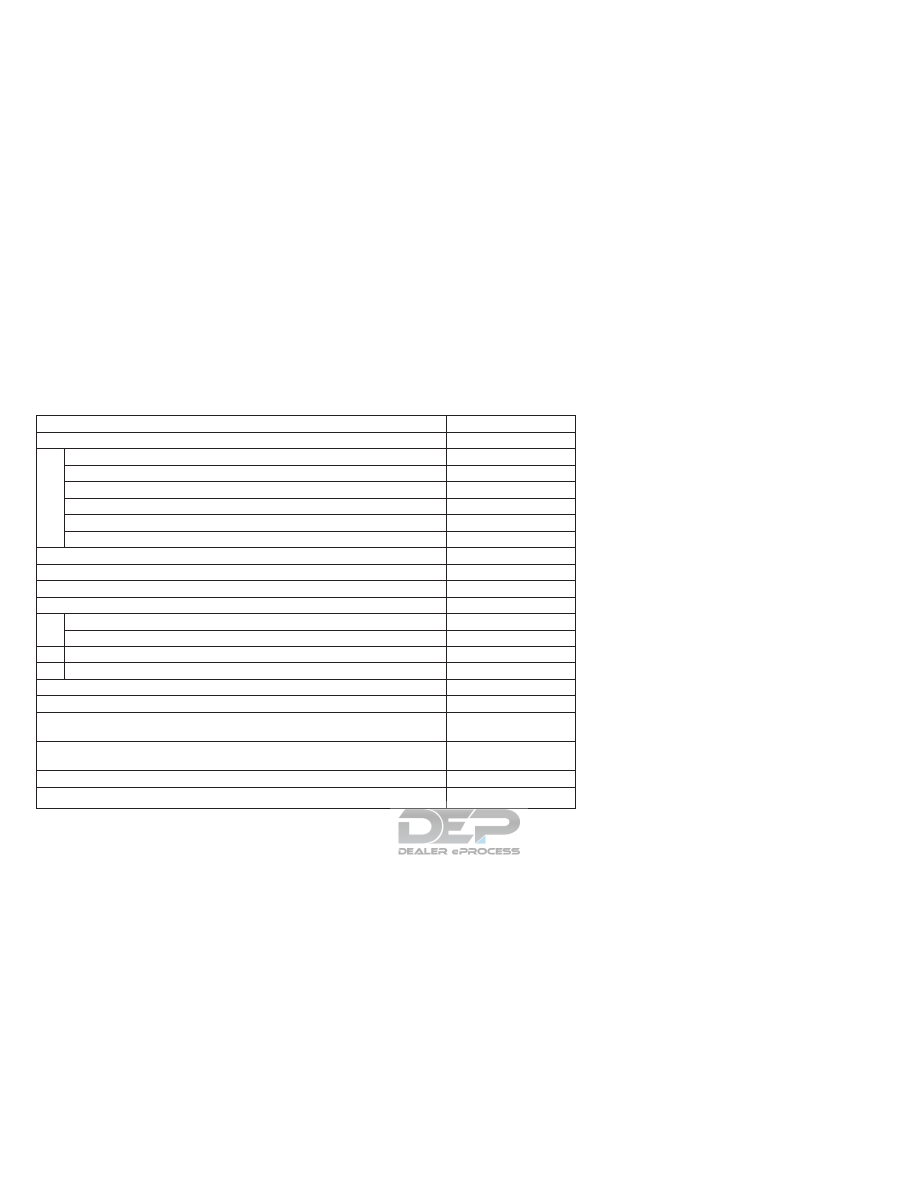Infiniti QX30 (2018 year). Manual - part 30

EXTERIOR AND INTERIOR LIGHTS
Item
Wattage (W)
Front combination light
Headlight (Low or high beam: H9 type)
14 / 28
Headlight (Low or high beam: LED type, if so equipped) *1
LED
Front turn signal light (with halogen headlights)
24
Front turn signal light (LED type, if so equipped)*1
LED
Front side light *1
LED
Daytime driving light *1
LED
Front fog light *1
LED
Side turn signal light *1
LED
Puddle light *1
LED
Rear combination light
Turn signal light*1
LED
Stop/Tail light *1
LED
Reversing light *1
LED
Brake light *1
LED
High-mounted brake light *1
LED
License plate light*1
LED
Room light/Map lights (if so equipped)
Foot well light (if so equipped)
5
3
Reading light (rear)
Room light — rear (if so equipped)
5
5
Reading lights — rear (if so equipped)
8
Luggage compartment light
5
*1: It is recommended you visit an INFINITI
retailer for replacement.
It is recommended you check with the Parts
Department at an INFINITI retailer for the
latest parts information.
LIGHTS
8-22
Do-it-yourself